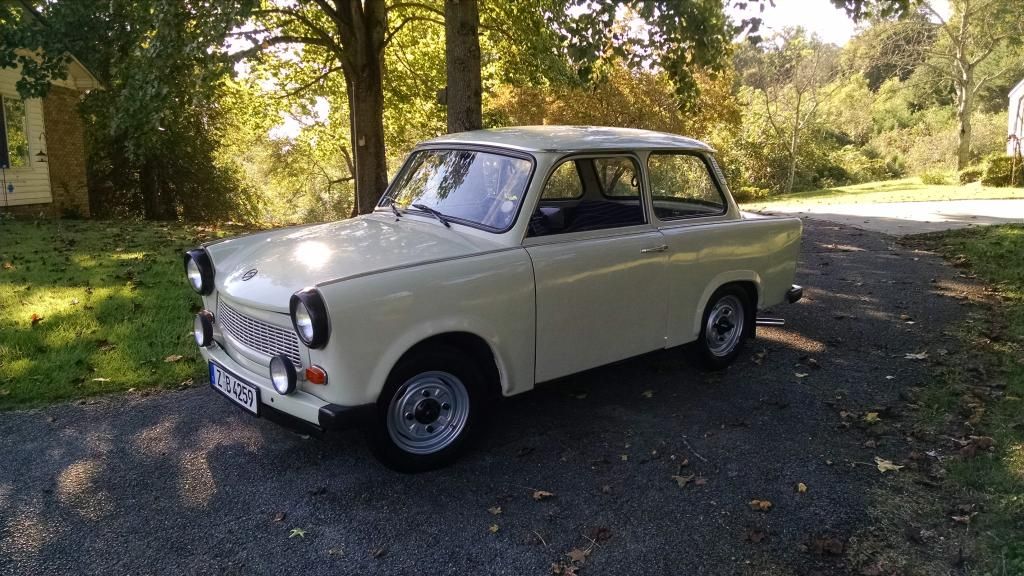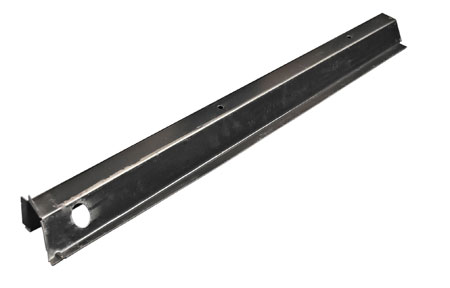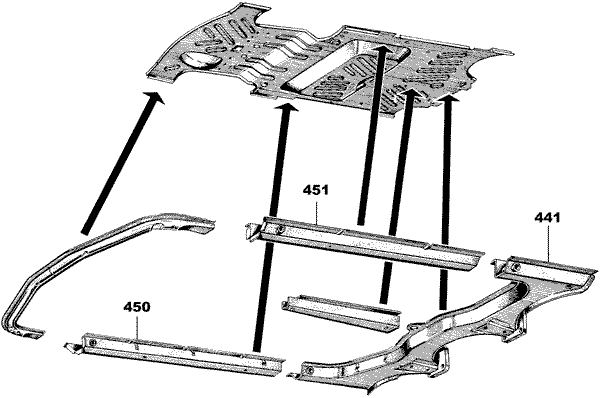I've got several old cars including a 1968 Ford Fairlane 500, a 1980 Fiat Spider, a 1987 Yugo and my current project is an East German 1981 Trabant I imported from Hungary about three years ago.

More photos if anybody is interested:
http://s222.photobucket.com/user/turbof ... 0562299135
The car is somewhat constructed like a Corvette. It has fiberglass body panels made of cotten and/or wool combined with a resin that is heat treated/pressed and held to a steel chassis with screws and pop rivets.
I've touched up allot of the gouge marks and buffed it but the main problem is there is a box section that runs under the doors that needs replacing. I can get NOS box sections but I'd like to know if 3M makes an adhesive that is as strong as welding. I can weld thick metal but I'm not very good at welding sheet metal. I tend to burn holes through it on the lowest setting and I can't really afford to pay anybody to do it for me.
This section is spot welded to the car. I assume the method of replicating a spot weld is to drill a hole in the panel and fill in the hole with a wire welder?
Here is what I am up against:
http://s222.photobucket.com/user/turbof ... 8131243411
Here is the new box section:

it's pieces 450 and 451:

The sections in the trunk and the wheel wells I plan on treating with Eastwood's Rust Encapsulator and fiberglassing. Which I have done many times in the past with no ill effects. The car is stored in a garage when not driven and sees no road salt.
I have used a product by 3M called structure adhesive which works really well. I once "glued" a bracket to the underside of my Yugo for an electric fuelpump. When I changed my design, the bracket no longer serves a purpose and I can't remove it!
Here is a bracket I made out of 2 dissimiliar metals for a Satellite radio for my Subaru, of course this is not structural.:
http://s222.photobucket.com/user/turbof ... sort=6&o=6
I've also used 3M Urethane to glue the door windows into the tracks on my 68 Ford and that stuff has held up great for over 10 years when RTV wouldn't.
What I'd like to do is grind out the box section and smooth down the metal and coat all of the metal with Eastwood's Rust Encapsulator. Then use something that takes awhile to set up to the lips of the box section and secure it to underside of the car. Then use a floorjack and a piece of 2X4 to hold it in place and let it dry. If I try to weld after appling the Eastwood's stuff I'm afraid it will just burn off.
I can't remember how long it takes the 3M structure adhesive to cure. These box sections are about 3 feet long and I believe have a 1/2" lip. So preferably something I can work with for at least 30 minutes to an hour before it starts to set up. Since I'll have to mix up quite a bit.
Would plain 3M urethane from a tube work just as well?
I hope my post doesn't sound "H.A." if you know what I mean.
Just looking for suggestions. Thanks!
